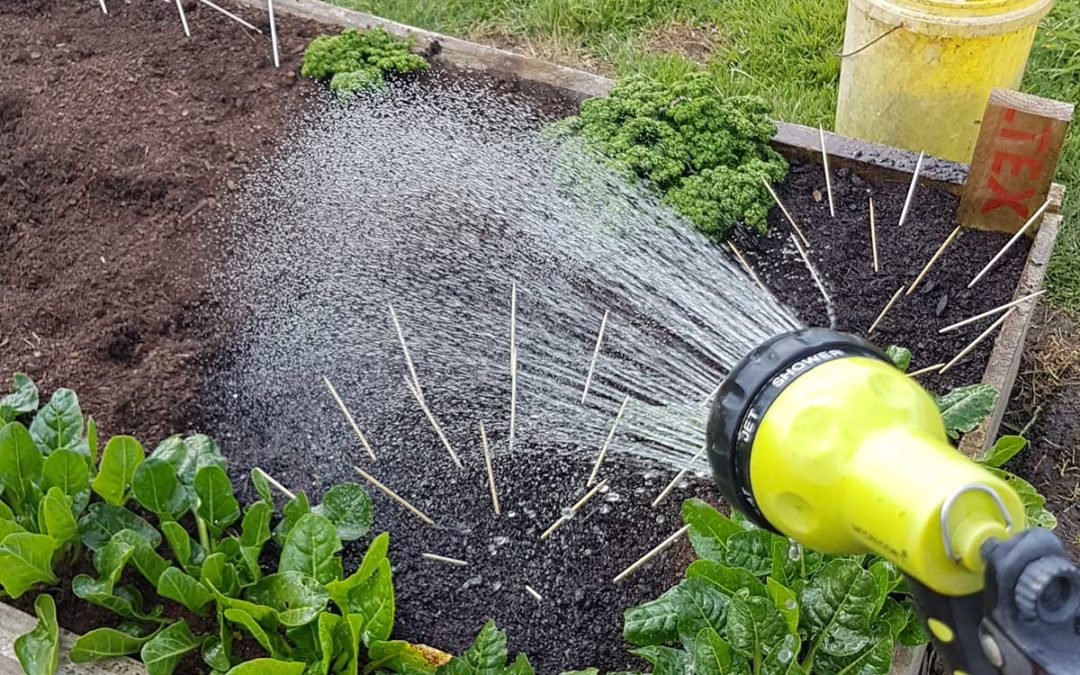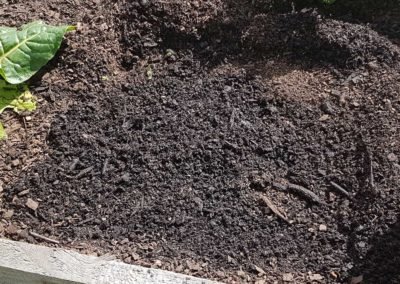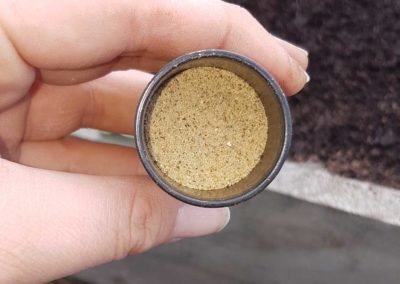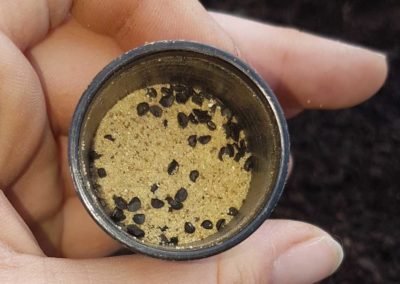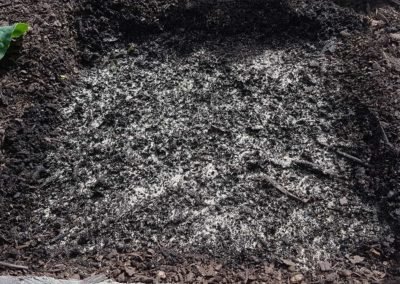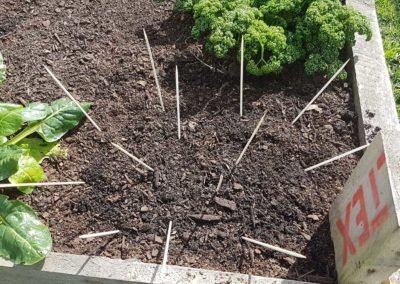Direct sowing is when you plant the seed you want to grow, directly into the soil where you want to grow it.
You can direct sow into large pots, or into the garden. The theory is mostly the same. In this blog I’ll talk about what crops you should be direct-sowing, and how to do it.
What crops should be direct sown?
Some plants grow better when you plant the seed directly into the garden. For example, root crops like carrots, onions, garlic, radish, leeks and potatoes. For these vegetables, the thing you really want to grow is the root of the plant, so it makes sense to disturb them as little as possible.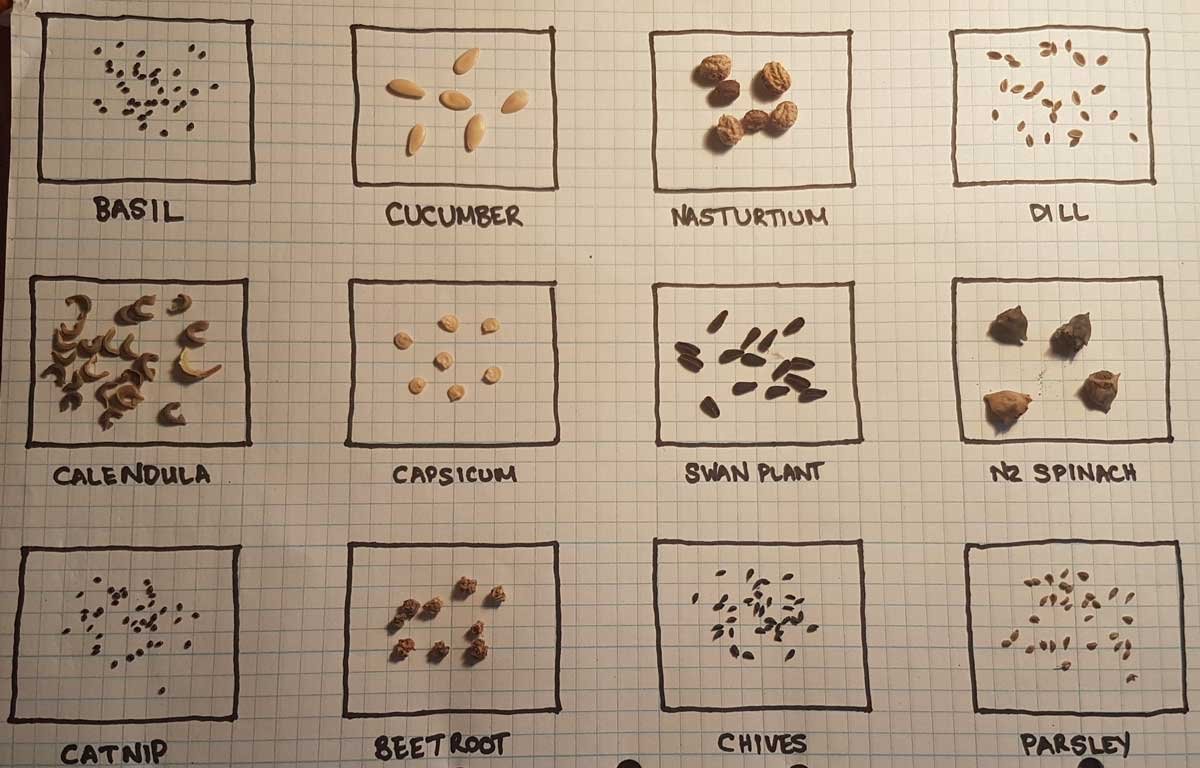
Sowing large seed
Seeds come in different sizes. Larger seeds like peas and corn are pretty simple to plant directly into soil by hand because you can see and handle them easily. The important thing to know is that seeds size determines how far under the soil should be. Most pea and corn seeds are about 1cm, so they should be buried 1cm under the soil. Broad beans can be up to 2cm, and can be buried 2cm below the soil. If you want a nice straight lines, either dig a trench to the depth you need, or use a piece of string secured to some stakes to guide you. Your seed packet should let you know how much space to leave between seeds.Sowing fine seed
Small seeds can be difficult to handle and to see. Carrots and onions both have fine seed, and grow better when they are sown directly where they will grow. My trick for these is to mix the seed with some sand. This helps space the seeds out in the garden, and enables you to see how thickly you’ve applied your seed. Begin by adding a small amount of seed to a small container, and add a tablespoon or so of sand. Shake them up together and sprinkle the sand onto your prepared spot. Try to spread the sand evenly – the idea being your seeds will be spread evenly too. When you have spread all the seed, cover the sand with soil and apply water.Thinning Out
Thinning out is when you selectively pull out some baby plants to make more room for the others to grow. It’s kind of a waste of seeds.
In the past I’ve re-planted these thinnings with various success – my weirder shaped carrots are usually thinnings. These days they go to the chooks or the rabbit.
Seed tape
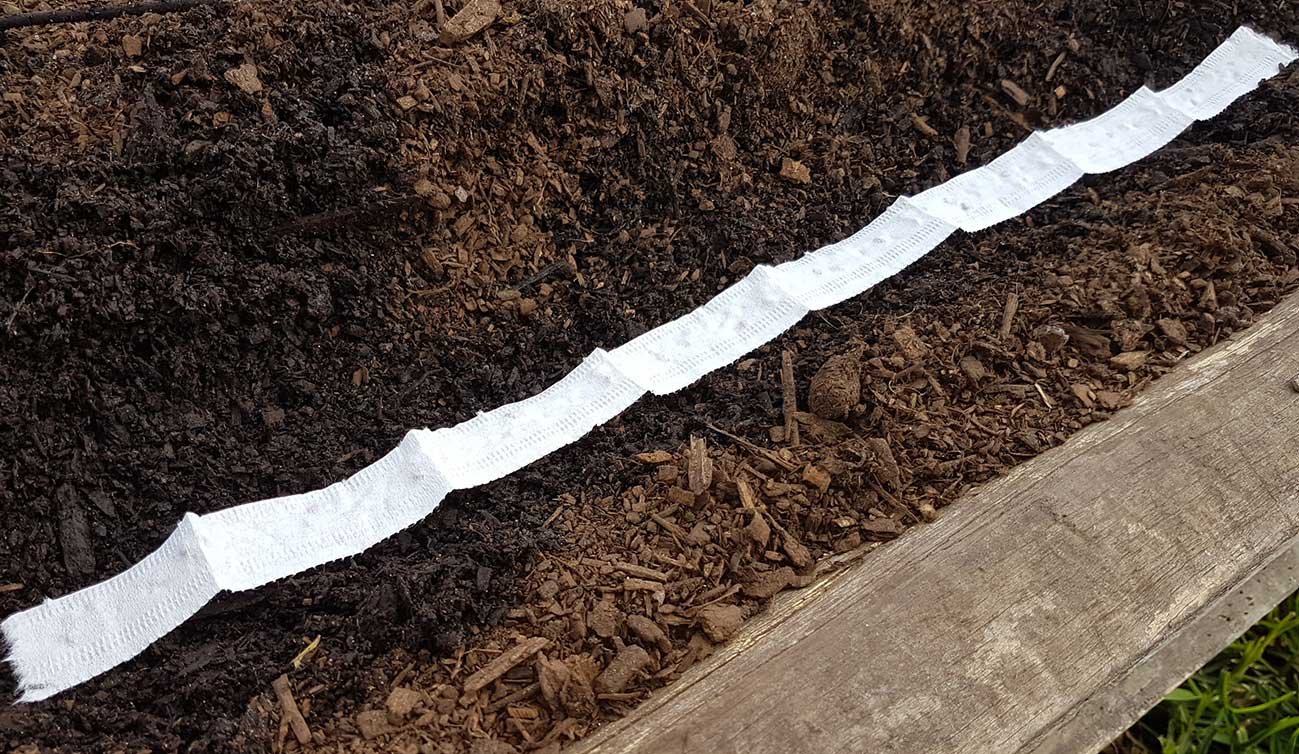
One trick that works to reduce the need to thin is seed tape.
The biodegradable tape has seeds embedded at regular spacing along it. You simply unroll it and bury it under 5-10mm of soil.
This seed is more expensive than a regular pack of seeds, but your plants will be perfectly spaced and there will be no need to thin them out later.
You can get seed tape or seed sheets for a wide range of vegetables and it offers a valuable shortcut for new gardeners. It’s available online from Egmont Seeds.
More sowing guides
I've created a few sowing and growing guides like this one for different plants and situations. If this one hasn't answered your question, maybe one of these will:

